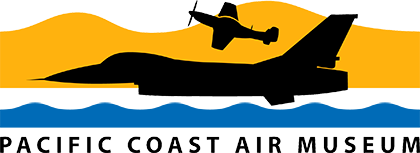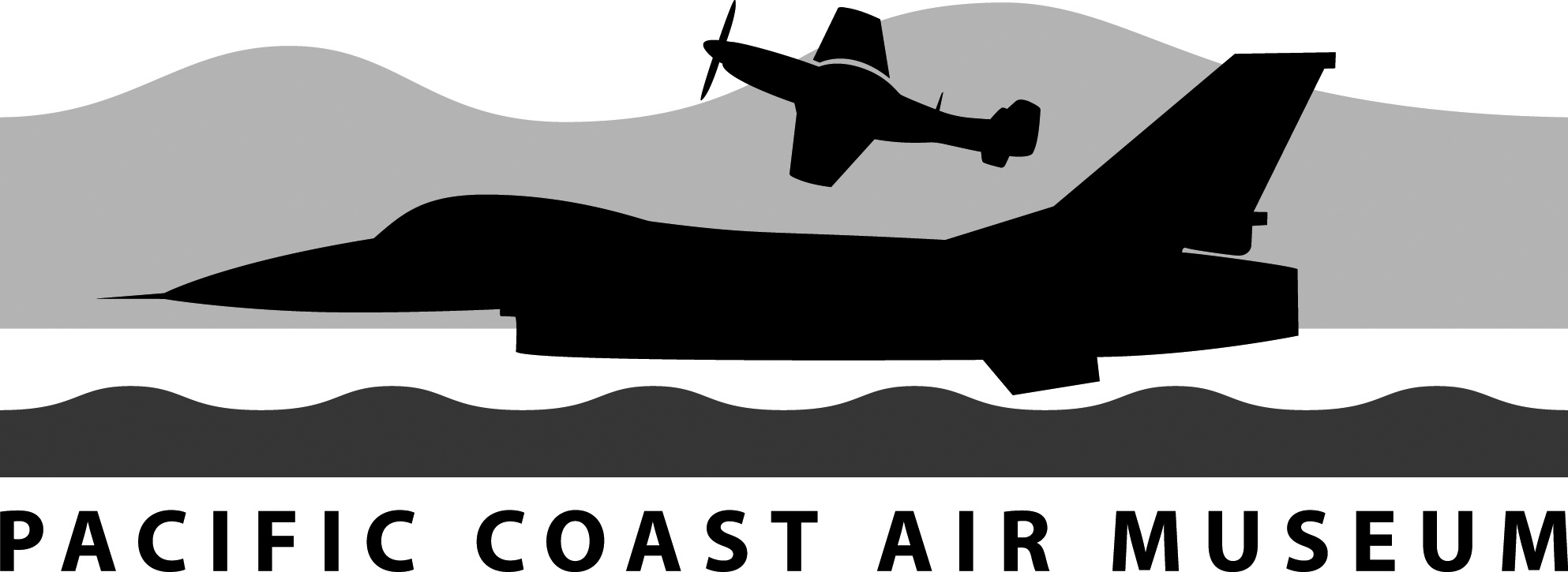F-106 Delta Dart History
In the early 1950’s it became clear that the Interceptor being developed by Convair would not be operational by its 1954 deadline. Faced with this problem, the US Air Force decided to procure from Convair a less sophisticated interim interceptor. This emerged as the F-102A Delta Dagger and the original project was then designated the F-102B. It is this latter project which eventually became the F-106 Delta Dart.
On June 17th 1956, the F-102B was officially designated the F-106, reflecting the fact that the original requirements had changed considerably. All the requirements for speed, altitude and all-weather capability had been increased. The first prototypes flew in late 56 and early 57. The performance was somewhat disappointing but this was primarily due to the delays in the power plant development and the subsequent substitution. However, continual development and improvements were implemented and ultimately, 277 single seat and 63 dual seat aircraft were built and delivered to the Air Force.
The aircraft was the primary air defense weapon for most of the 60’s and was kept in service much longer than the original design called for. After more than 20 years service with the USAF, the F-106s were finally withdrawn from service in 1988.
The history of our aircraft if being researched and will be added when available.
F-106 Delta Dart Specifications
Span
38 ft 3.5 in
Length
70 ft 8.75 in
Height
20 ft 3.25 in
Wing Area
631.3 sq ft
Maximum takeoff weight
41,831 lbs
One (pilot)
Maximum speed:
1,525 mph, Mach 2.31 at 40,000 feet
Combat Radius w/External tanks:
729 miles
Service Ceiling:
57,000 ft.
One 25,500-lb afterburning thrust Pratt & Whitney J75-P-17 turbojet.
Disposable: One Douglas AIR-2A Genie or AIR-2B Super Genie rocket, and four Hughes AIM-4F or AIM-4G Super Falcon air-to-air missiles carried in internal weapons bay.
Fixed: May have one 20 mm M61 Vulcan gun in place of a Genie missile.
Jim Mattison



















